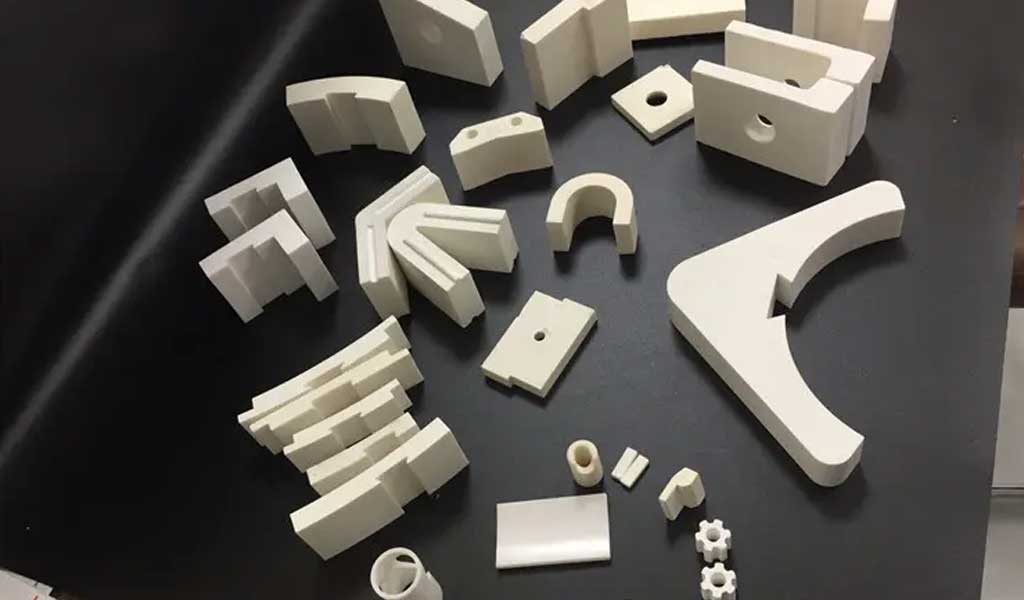
The technical method of densifying a granular ceramic body and forming a solid material is called sintering. Sintering is a method of removing the voids between the particles in the body, removing a small amount of gas and impurity organic matter, and making the particles grow and combine with each other to form a new substance.
Electric furnaces are widely used as heating devices for firing. In addition to normal pressure sintering, that is, pressureless sintering, there are also hot pressing sintering and hot isostatic pressing sintering. Although continuous hot pressing sintering increases the output, the cost of equipment and molds is too high. In addition, due to the axial heating, the length of the product is limited. Hot isostatic pressing uses high temperature and high pressure gas as the pressure transmission medium, which has the advantage of uniform heating in all directions, and is very suitable for the sintering of products with complex shapes. Due to the uniform structure, the material properties are improved by 30-50% compared with cold-pressed sintering. It is 10-15% higher than general hot pressing sintering. Therefore, some high value-added alumina ceramic products or special parts for national defense and military industries, such as ceramic bearings, mirrors, nuclear fuel and gun barrels, use the hot isostatic pressing method.
In addition, microwave sintering method, arc plasma sintering method and self-propagating sintering technology are also being developed and researched.
Finishing And Packaging Operations
Some alumina ceramic materials need to be finished after sintering. Products that can be used as artificial bone require a high surface finish, like a mirror surface, to increase lubricity. Due to the high hardness of the alumina ceramic material, it is necessary to use a harder grinding and polishing tile material for finishing. Such as SIC, B4C or diamond and so on. It is usually ground by grades from coarse to fine abrasives, and the final surface is polished. Generally, Al2O3 powder or diamond paste of <1μm can be used for grinding and polishing. In addition, laser ceramic machining and ultrasonic processing grinding and polishing methods can also be used.
Alumina Ceramic Strengthening Process
In order to strengthen alumina ceramics and significantly improve its mechanical strength, a new alumina ceramic strengthening process has been introduced abroad. The process is novel and simple. The technical means adopted is to coat a silicon compound film on the surface of alumina ceramics by electron beam vacuum coating, sputtering vacuum coating or chemical vapor deposition, and heat it at 1200°C to 1580°C. treatment to temper the alumina ceramic.
The mechanical strength of the reinforced alumina ceramics can be greatly increased on the original basis to obtain strong alumina ceramics.
